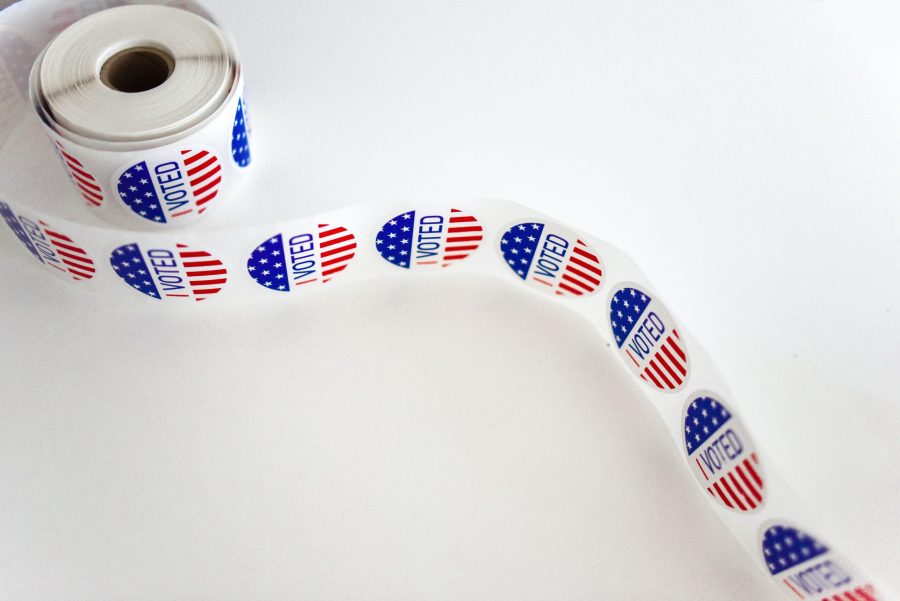Chargers President Dean Spanos is playing hard-to-get with the people of San Diego, but this flirtation with the Bolts isn’t enough to get people out of bed in the morning. Especially UCSD students who probably have their more successful home teams to root for. The past few days have put the Chargers in limbo. The resolution of whether they leave for Los Angeles or not is that the team will stay in San Diego for another year. Maybe.
When Roger Goodell, NFL Commissioner, hosted a press conference this past Tuesday with Spanos regarding the state of the Chargers, a San Diego Union-Tribune reporter asked Spanos if he “expected to try to remain in San Diego.” Spanos, the suave businessman he must be to own the Chargers and have his family fund facilities at UCSD, made this statement of confidence: “… I’m going to look at all our options. I’m going to take a little bit of time here. But, you know, we do have some options.”
And here we have it: NFL teams play little mind game with the city as to whether or not they will stay. Professional sports teams can build civic pride and put a city on a map, but those shouldn’t be the only reason a community should back and finance construction of new stadiums. In fact, stadiums are more detrimental financially than they are beneficial for the ethos of a city. According to a video segment from “Last Week Tonight with John Oliver,” stadiums are funded with public money and keep the profits. After all, these teams are owned by individuals. Furthermore, teams tend to receive their property free from rent and taxes.
Last September, Mayor Kevin Faulconer and Supervisor Ron Roberts made a $1.1 billion proposal for a new stadium in Mission Valley. The stadium would entail $350 million of public money, the rest coming from the NFL and Chargers themselves. That $350 million would not be returned to San Diego taxpayers — in fact, taxpayers would be paying even more if they wanted to attend Chargers games.
Daniel Stewart, president of the American Institutes of Architects, stated that a proposal for a new stadium could cost the public $10 million per year for 10 years in lost tax revenue. Add that $100 million to the proposed initial $350 and that’s $450 million that could have actually gone toward public goods that the public actually wants.
Educational facilities are a good example of that. Stewart explains that, instead of building a new stadium in the Chargers’ proposed downtown East Village site, the land could be used for education and economic clusters (i.e., living space). Education and economic clusters are “sticky capital,” or investments that don’t move despite exogenous changes. Educational institutions, like universities, have been proven economic powerhouses. Just look at UCSD, San Diego’s largest employer. Institutions such as universities do not benefit the Chargers, which is a business looking for profit.
The Chargers have been in San Diego since 1961. There’s a legacy, sure. But UCSD was established in 1960 and San Diego State in 1897. There’s no reason why San Diego can’t be known for its world-renowned universities or the beaches that have been around even longer.
Local San Diego artist C-SICCNESS rapped “San Diego makin’ money / So put it back in our city” in his Chargers anthem “Save Our Bolts.” San Diego should absolutely reinvest in our city, but in something that will return to it opulence in more ways than a win, loss or tie.








